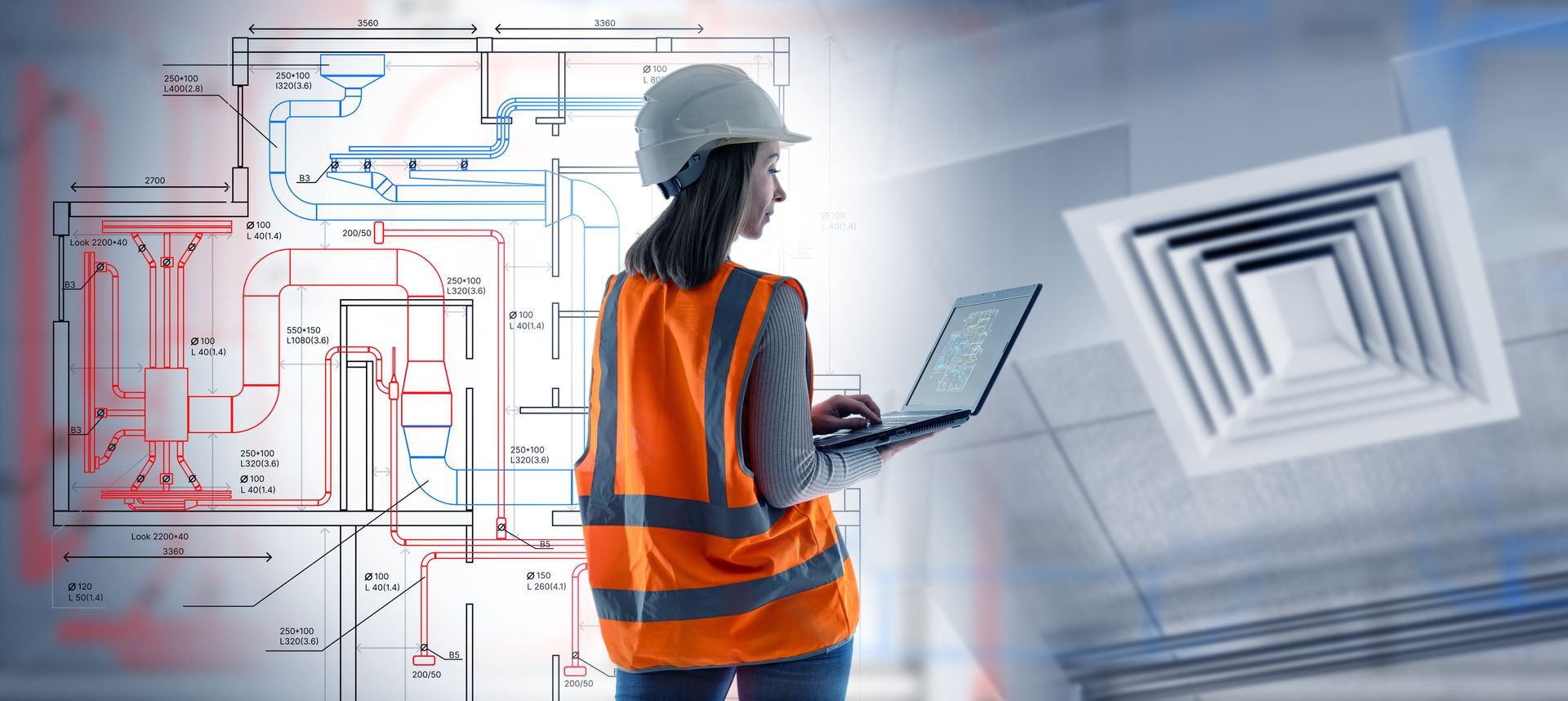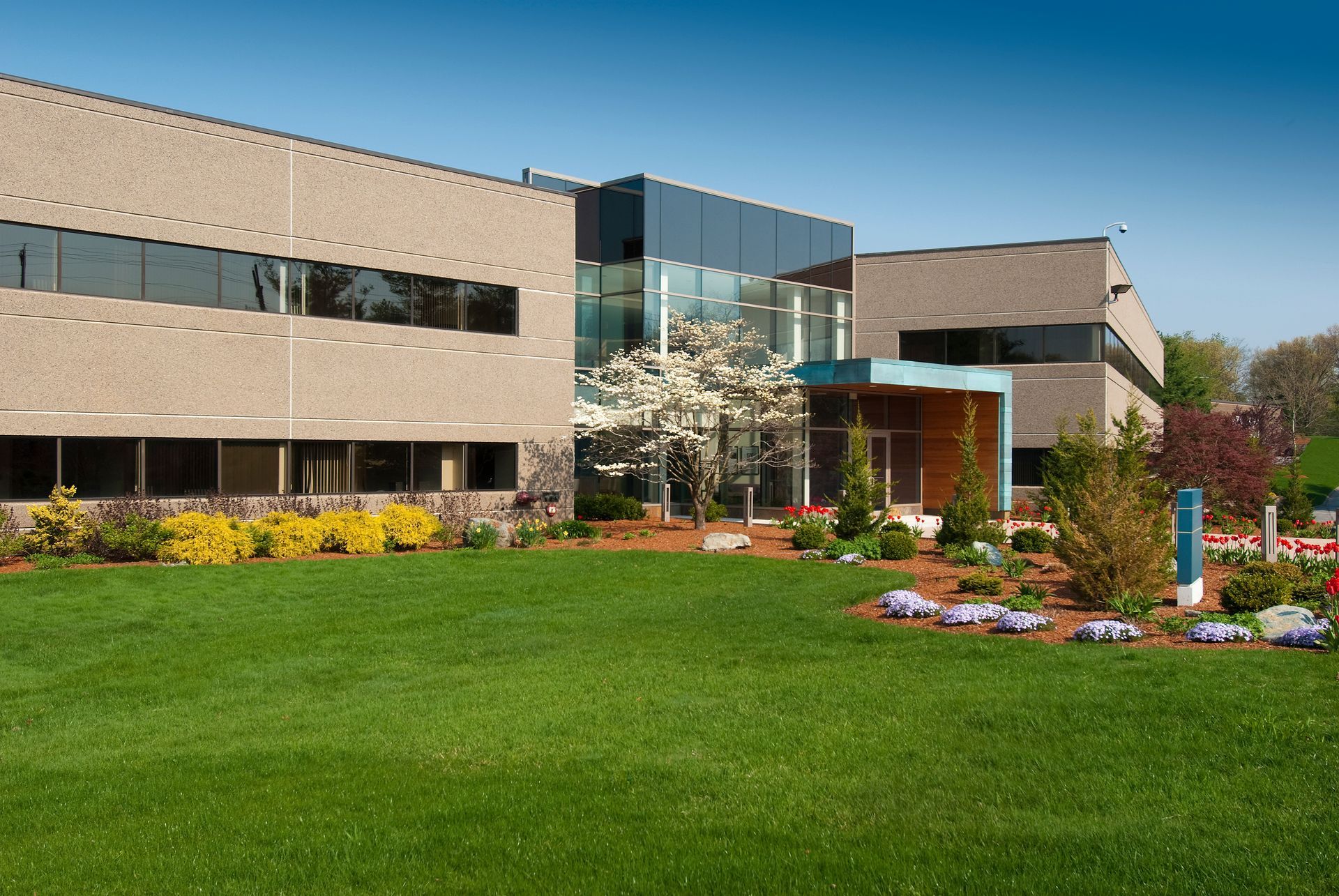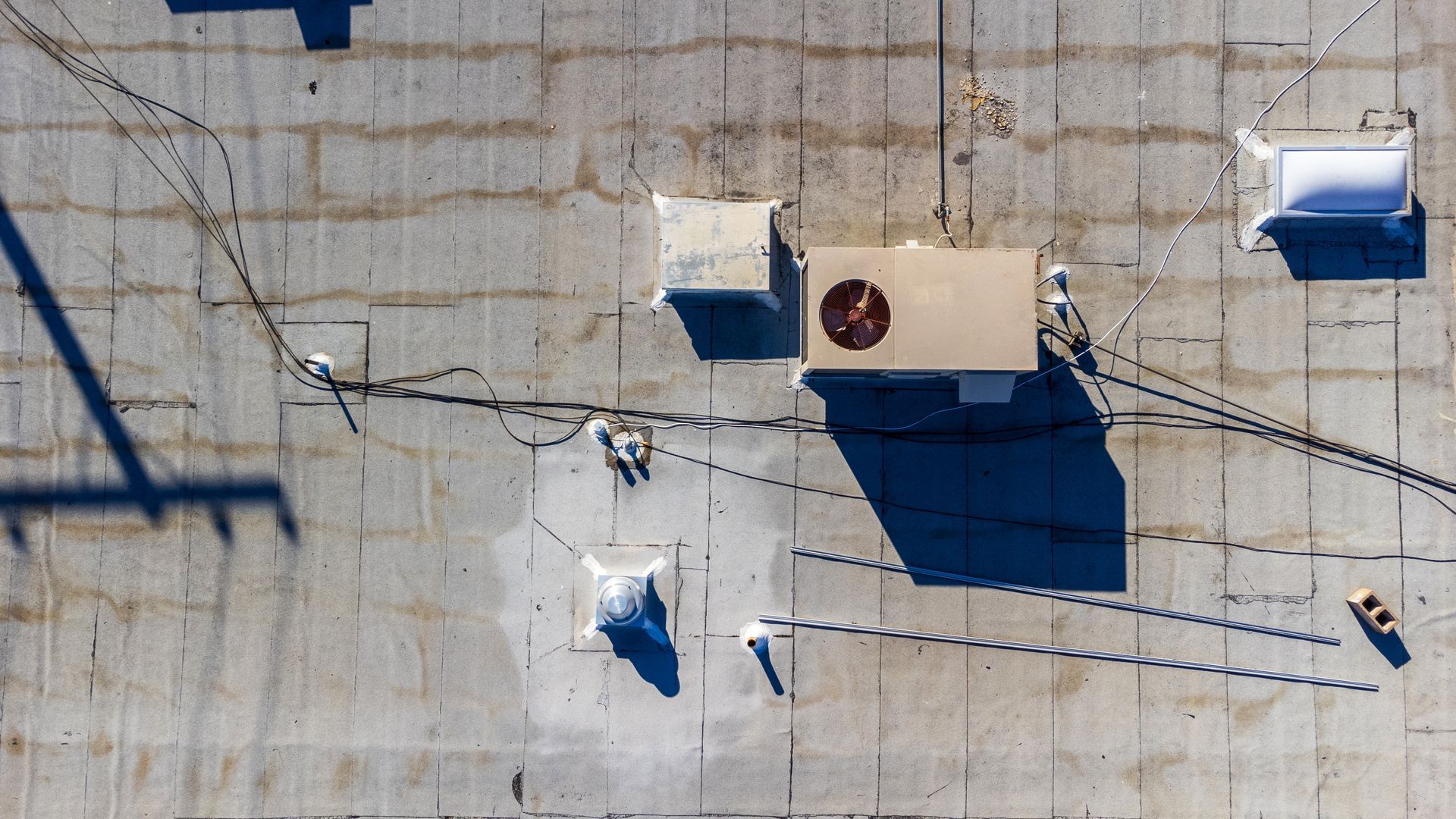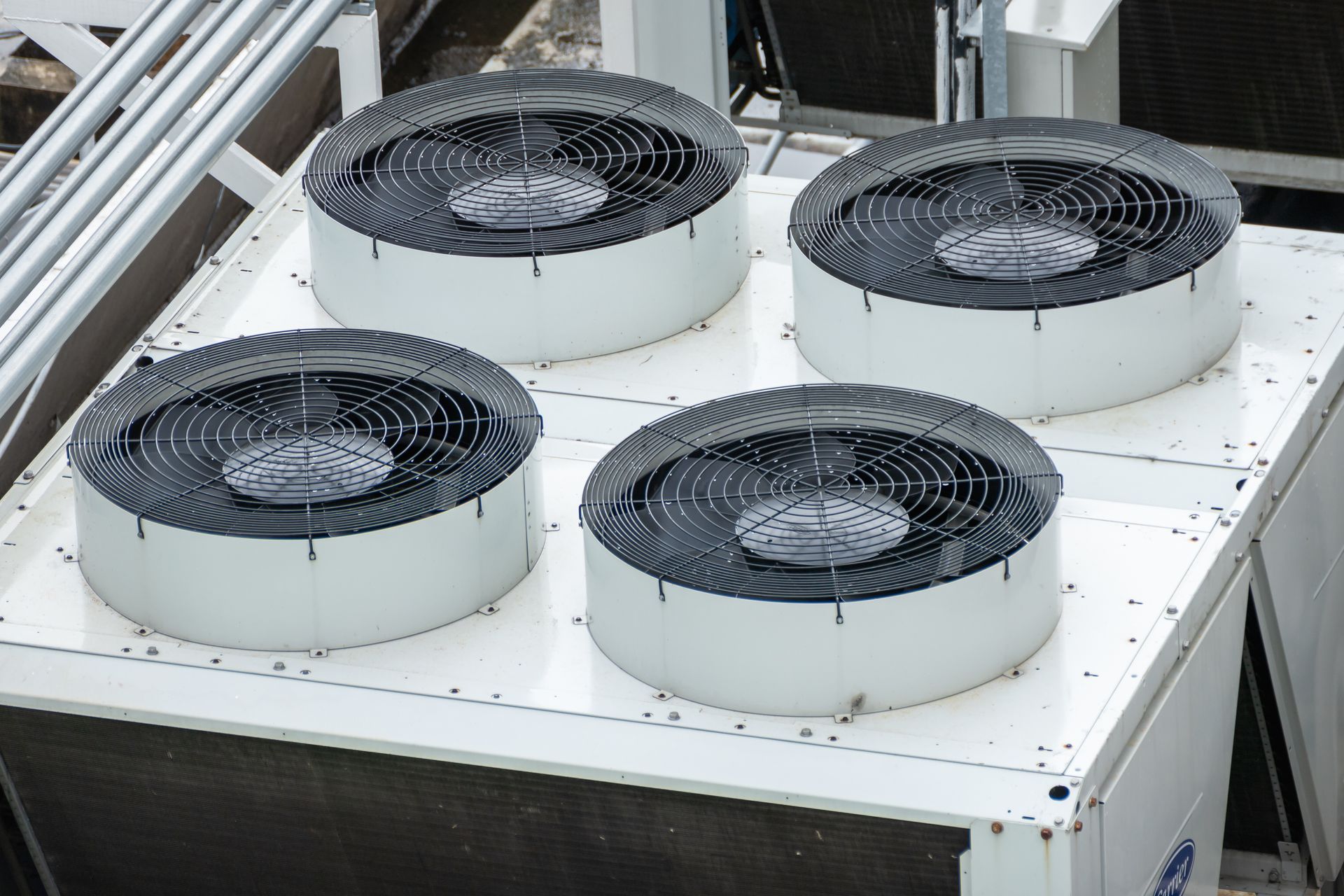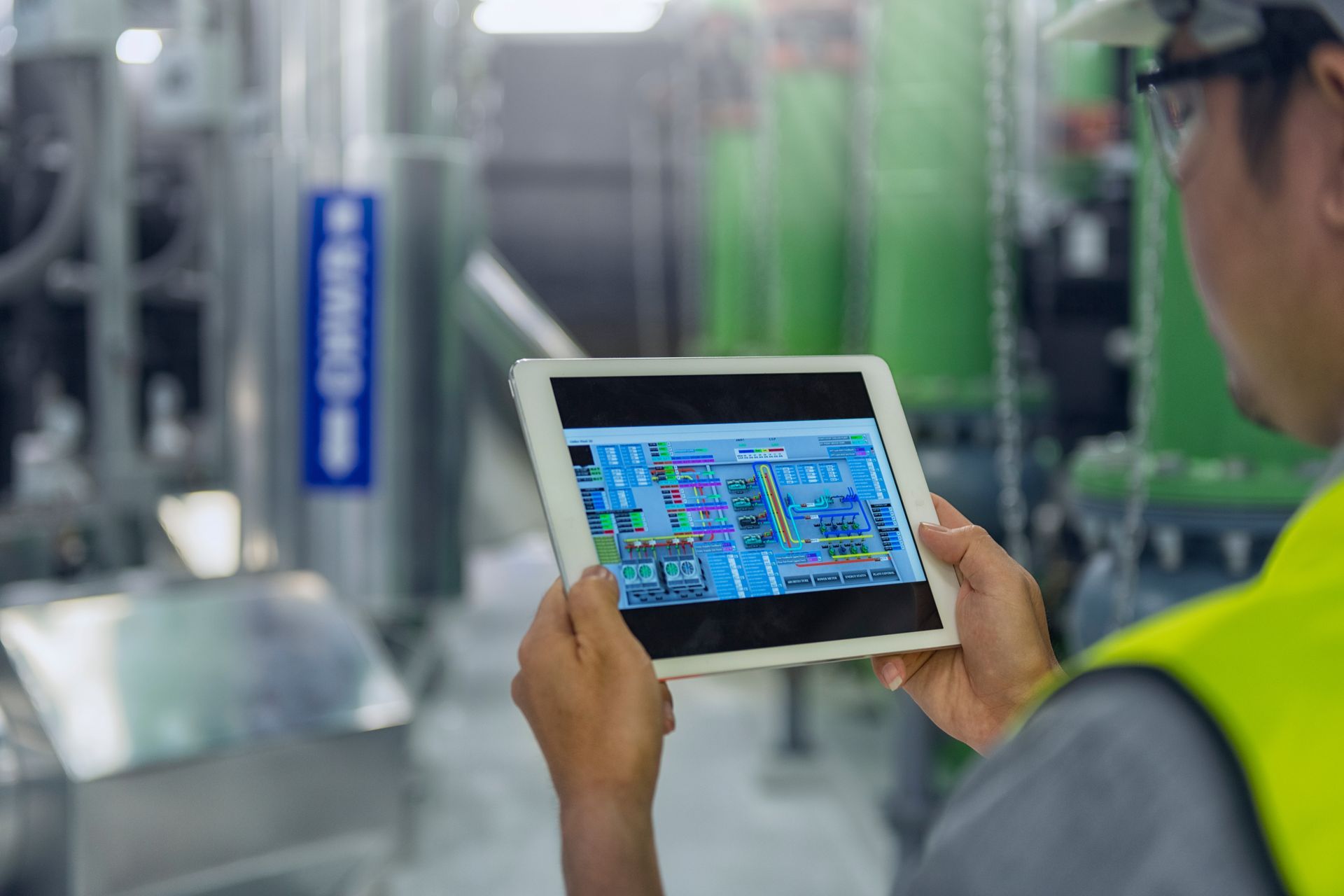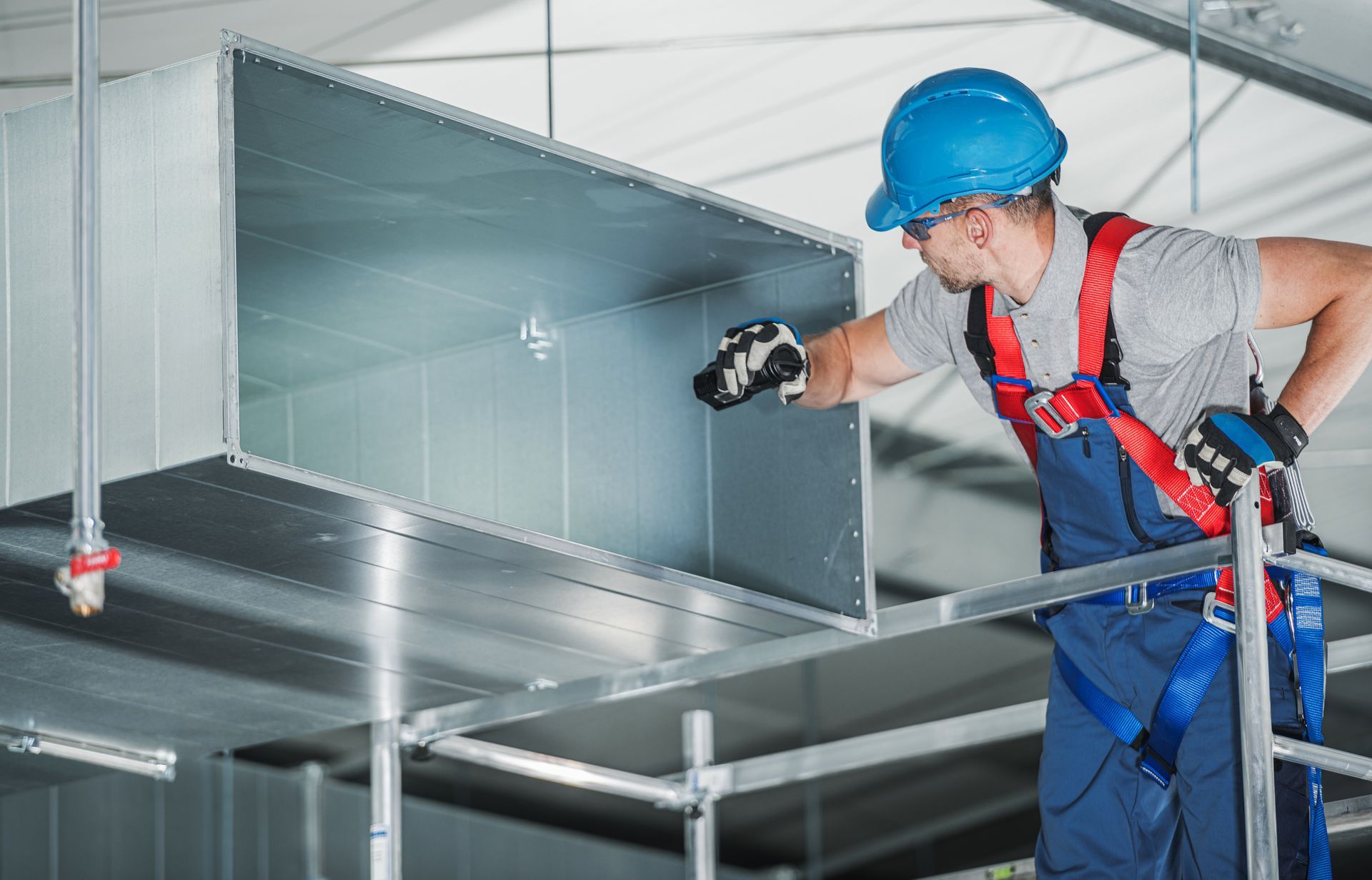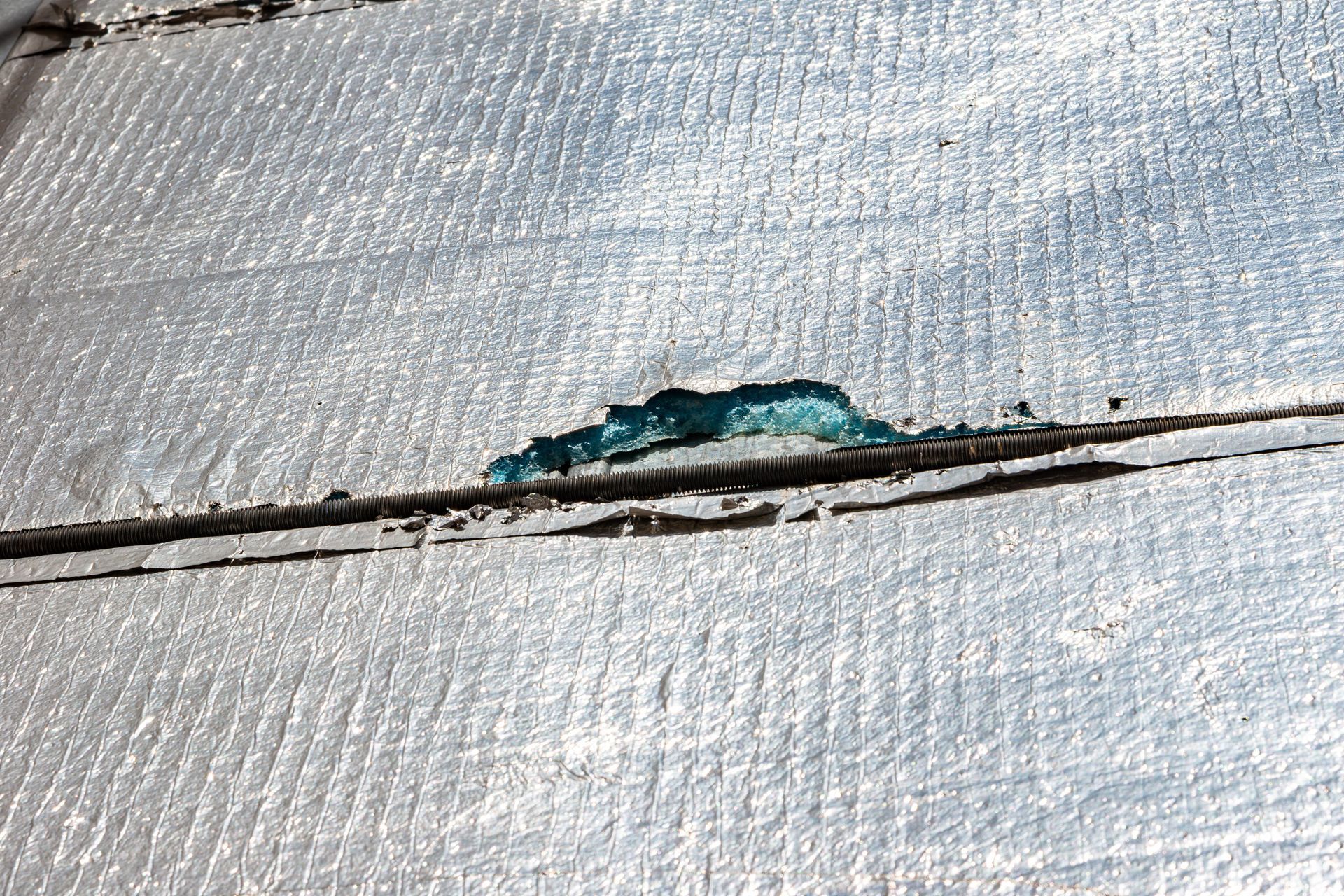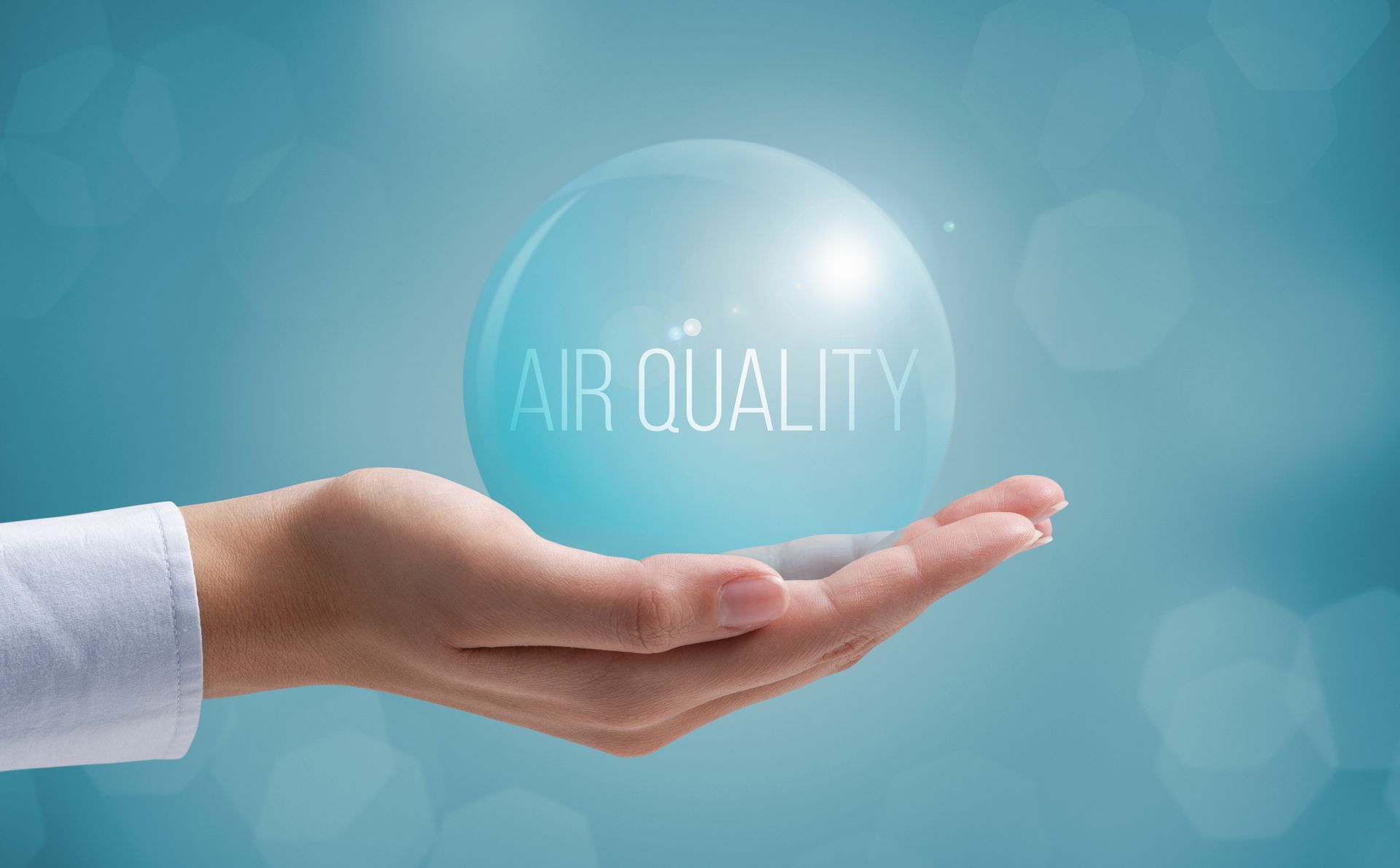Reducing Business Interruption from System Failures
Share
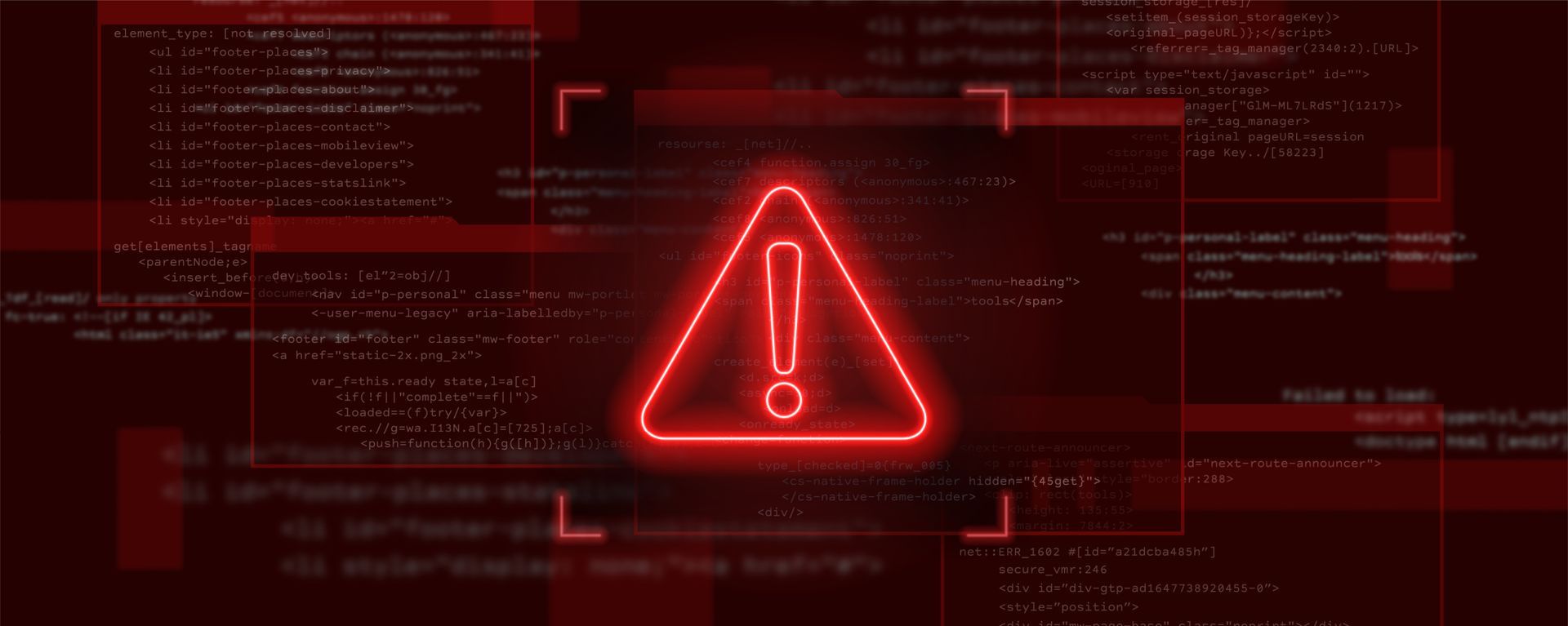
HVAC outages are disruptive to any organization or commercial facility, whether it’s a manufacturing facility, doctor’s office or school. However, the consequences of temperature control and IAQ failures can vary dramatically depending on the facility.
A school or retail facility might be able to continue operating relatively normally while a manufacturer may need to temporarily cease operations. In some healthcare or IT environments, even a temporary HVAC outage can damage equipment or lead to the loss of work product.
Redundancy in Temperature and IAQ Control
In environments like data centers, laboratories, food processing plants and many healthcare spaces, where tight control of temperature, humidity or air quality is essential, redundancy is often built into the system design.
Some facilities pair multiple rooftop units to serve the same zone, so if one goes down the other can carry part of the load. Others keep backup fans or secondary air handlers tied into the duct system, ready to activate if a motor or blower fails. These solutions don’t eliminate risk entirely, but they give property managers valuable time and flexibility, reducing the likelihood of costly disruptions while repairs are underway.
While not every commercial property needs this level of HVAC investment, redundancy provides peace of mind in facilities where downtime is unacceptable and the cost of product loss or system disruption far outweighs the price of additional equipment.
What an HVAC Outage Contingency Plan Looks Like
For facilities without full redundancy, contingency planning becomes the next best protection. A good plan usually starts with a maintenance program that lowers the risk of sudden failure. Beyond that, managers should identify the specific vulnerabilities of their building:
- Which areas would be impacted first if cooling is lost?
- How long can critical areas remain stable without active cooling or ventilation?
The answers inform what backup measures make sense:
- In food facilities, that might mean portable chillers staged for emergencies.
- In healthcare, it might include arrangements for patient relocation if a critical space loses climate control.
- In office or retail, it could be as simple as pre-arranging rapid response with a trusted HVAC service provider.
The key is to avoid scrambling in the middle of an outage. A written plan with vendor contacts, priorities and timelines reduces stress and speeds up recovery.
Emergency Response Steps
When a failure does occur, a clear response plan helps limit disruption.
- Staff need to know how to recognize signs of equipment distress, such as tripped breakers, loss of airflow or abnormal noises, and who to notify.
- Communication with tenants, employees or customers should be straightforward. Acknowledge the problem, explain expected timelines and outline immediate steps being taken.
- A designated commercial HVAC service provider with fast-responding emergency service capabilities should have access to the building and any prior maintenance records so they can diagnose and resolve the issue quickly.
- Facilities that prepare in advance with key contacts, access procedures and communication templates bounce back faster and with fewer long-term consequences.
Temporary Cooling and Redundancy Options
For facilities where full system redundancy isn’t practical, portable and supplemental equipment can bridge the gap during an outage. Portable spot coolers or mobile AC units can be staged in warehouses, server rooms and healthcare spaces to maintain safe conditions until permanent systems are back online. In industrial settings, temporary cooling towers and rental chillers can be deployed to protect processes or equipment.
Get Help With Redundancy and Emergency Planning From Experienced Commercial HVAC Experts
Our commercial HVAC professionals have been serving Fort Worth and Arlington businesses for decades. We have worked with many clients who require redundancy as well as the ability to weather outages with contingency plans.
Contact us if you require expert input on an HVAC system design that prioritizes redundancy. For urgent service needs, call 817-857-7400 and our team will respond quickly to get your systems back online.

